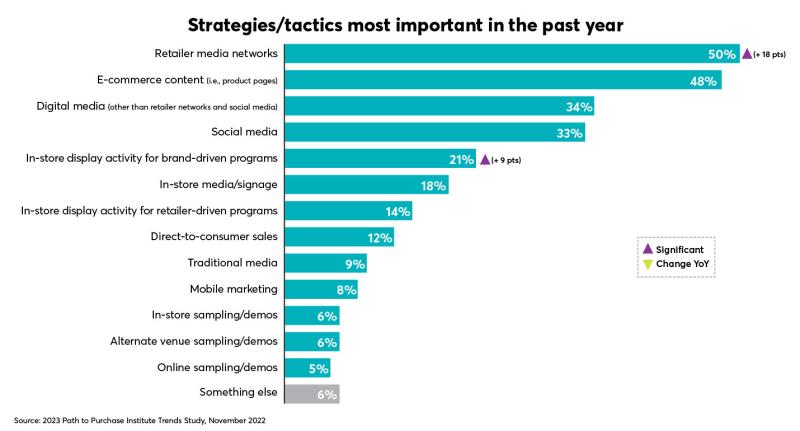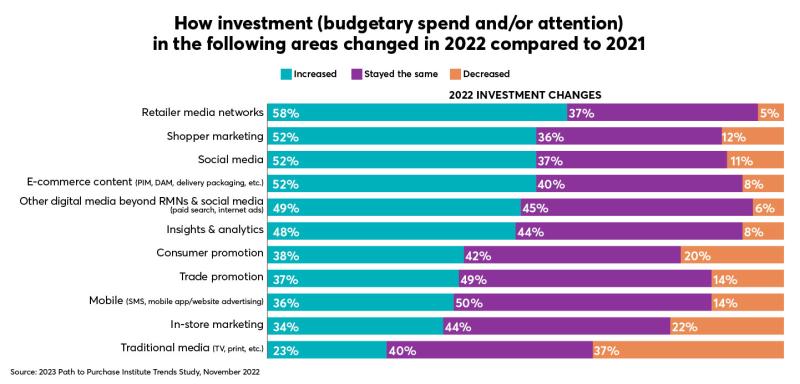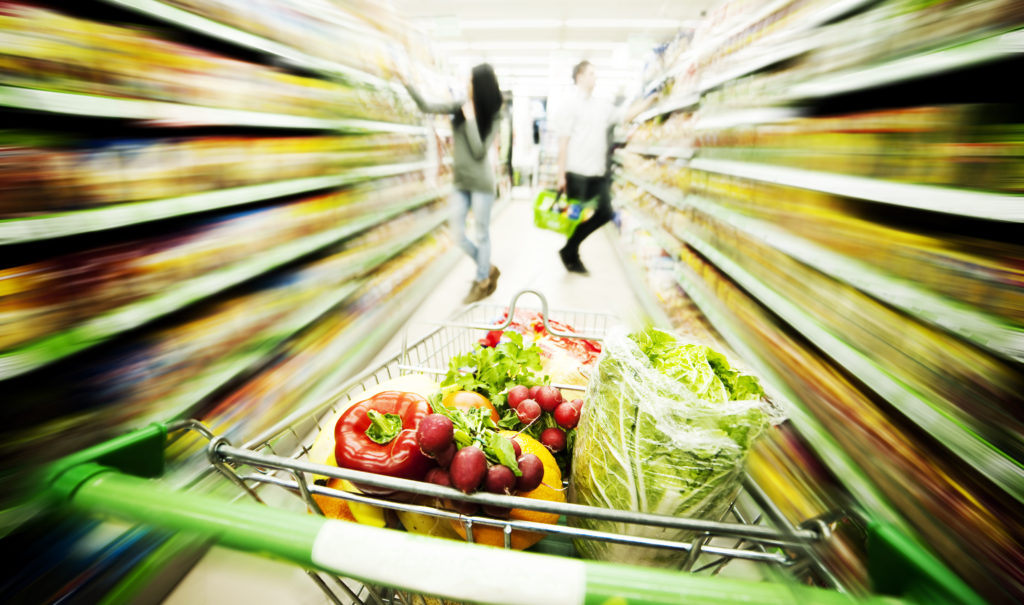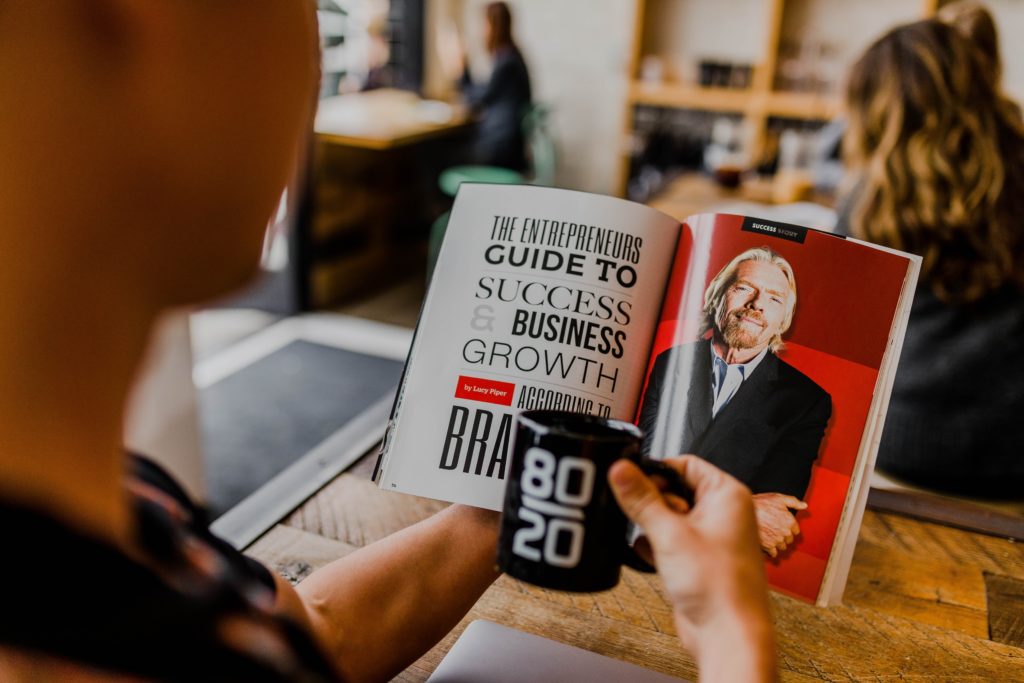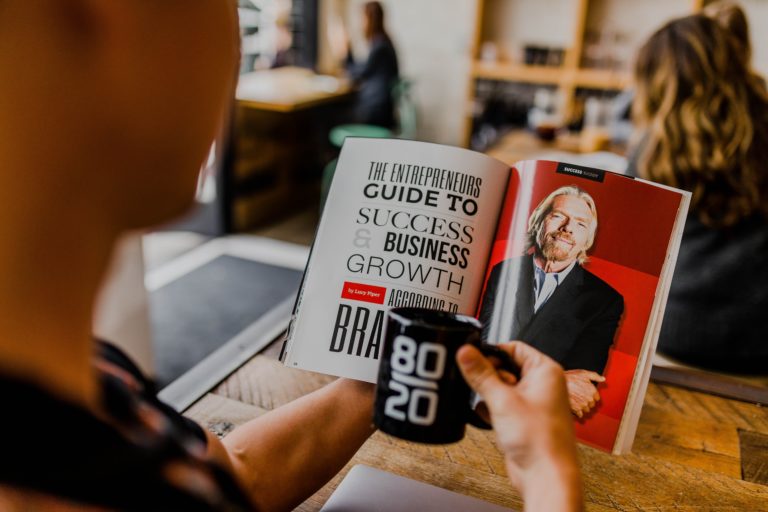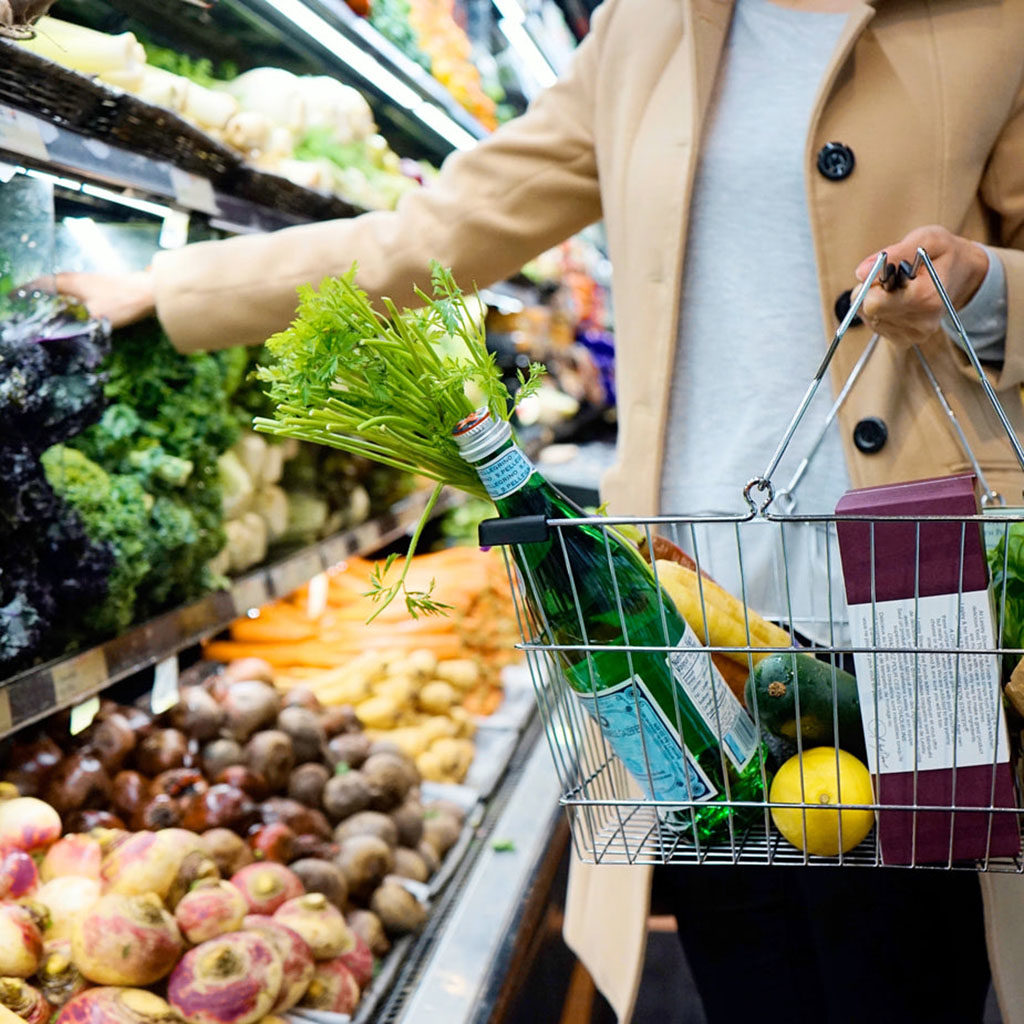Omnichannel Marketing and Targeting Older Generations in 2023

FACT: 95% of the consumer package goods (CPG) omnichannel marketing briefs I read have brands wanting to target Gen Z and/or Millennial audiences. But, isn’t it time for CPG brands to start shifting some advertising dollars to reach older Gen X and Baby Boomer audiences?
Consider this. By 2028, the older 60+ age group will account for more than 1/3 of overall growth in grocery spending!
ONE-THIRD!
According to a recent article by Mercatus Technologies, demographic shifts and the expansion of households in the USA are contributing factors.
For example, in the USA, over the next 5 years: No age demographic will expand faster in terms of population than age 60+. Also, household composition is changing with birthrates in decline leading to a significant increase in single person households. Plus, today the majority of wealth in the USA is held by age 55+ today (70% of the $111.04 trillion of U.S. net worth!).
So older/richer and smaller = sales growth in the age 60+ group.
Yet CPGs continue to spend omnichannel marketing budgets to target, for the most part, younger generations.
Why?
Is there a bias against targeting older demographics with advertising (besides life insurance, pharmaceuticals and adult diapers)?
In a recent article written for The Message, advertising consultant @Eric Blais surmised: “ageism can also be reflected in the advertisements themselves, with many campaigns featuring only young and attractive models or actors. This can send a negative message to older individuals, making them feel invisible or irrelevant”.
OR
Is it because the younger audiences offer brands an opportunity to build long term loyalty with a group of consumers whose buying power will increase. Plus, with Ecommerce booming, Gen Z and Millennials are digital natives making them easier to reach through online advertising, social media, and mobile apps.
Both are plausible explanations.
If you have an opinion, I would love to hear it.
Omnichannel Marketing and Targeting Older Generations in 2023 Read More »


